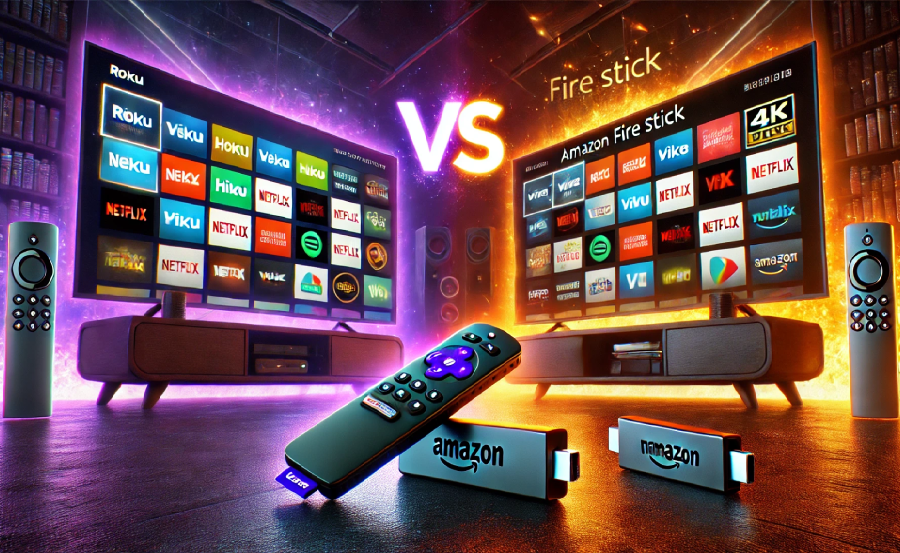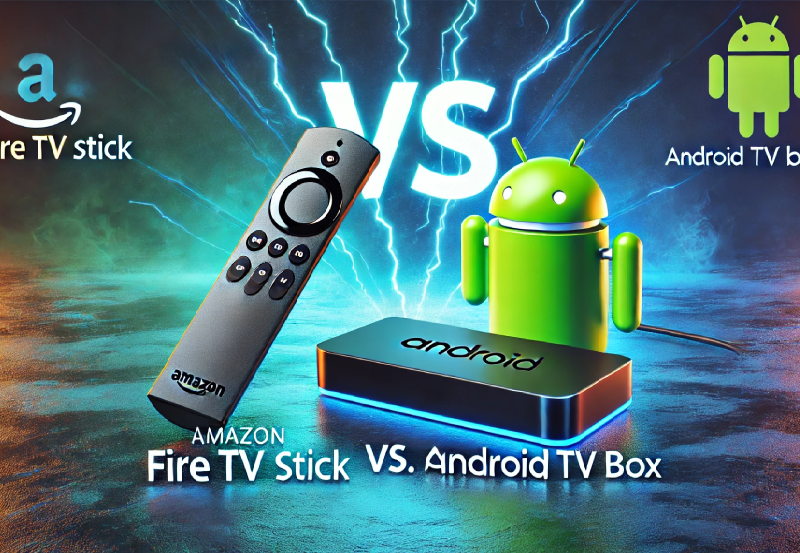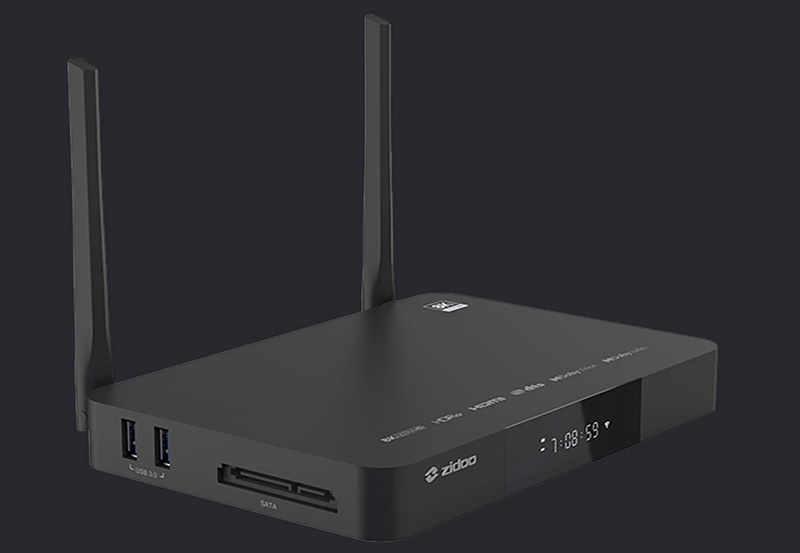In our fast-paced digital era, streaming devices have become integral to our daily entertainment. With numerous devices flooding the market, choosing the right one can seem daunting. Today, we turn our attention to two stalwarts in the streaming world: the Roku and the Amazon Fire Stick. This comprehensive guide explores which device offers better internal storage and RAM capabilities to provide that high-quality IPTV experience you crave.
The Importance of Internal Storage and RAM in Streaming Devices
Before delving into specifics, it’s crucial to understand why internal storage and RAM play pivotal roles in enhancing your streaming experience. Internal storage dictates how much content and how many apps you can store locally. RAM, or Random Access Memory, affects a device’s ability to run apps smoothly and switch between them efficiently.
Why Storage Matters
While many streaming services rely heavily on internet connectivity, requiring little storage on the device itself, certain situations demand robust internal storage. For instance:
Pro Suggestion:
Enjoy crystal-clear streams of British TV with IPTV for UK channels and watch all your favorites on demand.
- Apps with large cache requirements
- Downloads for offline viewing
- Storage of user settings and data
Proper storage capacity ensures that these tasks don’t bog down your device, making your viewing sessions a breeze.
The Role of RAM
RAM is another crucial component that can significantly impact performance. It allows the device to handle multiple operations simultaneously without noticeable lag. Here’s why that’s beneficial:
- Smoother navigation through apps and menus
- Enhanced video play with less buffering
- Faster and more responsive app loading
For anyone who values a seamless, buffer-free streaming experience, focusing on RAM is key.
Roku vs. Fire Stick: A Detailed Comparison
Having recognized the significance of storage and RAM, let’s compare how Roku and the Fire Stick fare in these categories. Both have strengths, but subtle differences can influence your decision.
Internal Storage Capabilities
Roku’s Storage Offerings
Roku devices typically come with 512MB to 4GB of storage, depending on the model. While not enormous, this storage is sufficient for most apps. However, heavy users might find this capacity limiting if retention of substantial amounts of content offline is necessary.
Fire Stick’s Storage Overview
In contrast, Amazon’s Fire Stick provides 8GB of internal storage. This extra space offers more flexibility for users who want to download a wider array of apps and store additional data. However, the OS takes a chunk of this storage, which can eat into the available space for apps and downloads.
RAM and Performance Metrics
RAM in Roku Devices
Roku models generally range from 256MB to 1.5GB of RAM, once again depending on the particular model in question. The higher-RAM models perform better in managing multiple applications, offering a more fluid streaming experience for power users.
Performance of Fire Stick RAM
Fire Stick devices boast 1GB to 2GB of RAM, providing a slightly smoother experience for frequent app switching and multitasking. Users who plan to make full use of voice controls and apps may appreciate the additional capacity.
Upgrade Your TV Experience Today
Whether you’re seeking the high-quality IPTV experience offered by the Roku or the more extensive app capabilities of the Fire Stick, both devices have their merits and standout features. However, choosing one involves considering your unique requirements and preferences.
Choose Based on Your Needs
If minimal lag and optimal app performance top your list, a higher RAM Fire Stick might be your ideal choice. But if you are fully immersed in the Roku ecosystem and don’t mind a little less horsepower, a Roku could still be perfect for you.
An informed decision—taking into account the multifaceted roles of storage and RAM—can enhance your viewing sessions with minimal setbacks, reflecting a truly enriched home entertainment setup.
FAQs

Does more RAM enhance streaming device performance?
Yes, increased RAM generally allows for smoother performance as it manages how well a device can run multiple apps simultaneously and reduce lag.
Can Fire Stick storage be expanded?
While Fire Stick’s internal storage can’t be expanded directly, connecting an OTG cable with a USB drive or microSD card provides a workaround for additional storage.
Is Roku better for casual streaming?
Roku’s simplicity and user-friendly interface make it an excellent choice for casual streamers who don’t require the extensive capabilities offered by devices with more sophisticated specs.
Are there storage issues with either device?
Both devices have sufficient storage for casual use, but power users might face limitations, particularly with app cache and offline content on Roku.
Do these streaming sticks support gaming apps?
While both can run simple games, they aren’t optimized for intense gaming. Fire Stick might handle them better due to its generally higher RAM.
Maximize Your WiFi Signal for Xiaomi Mi Box




